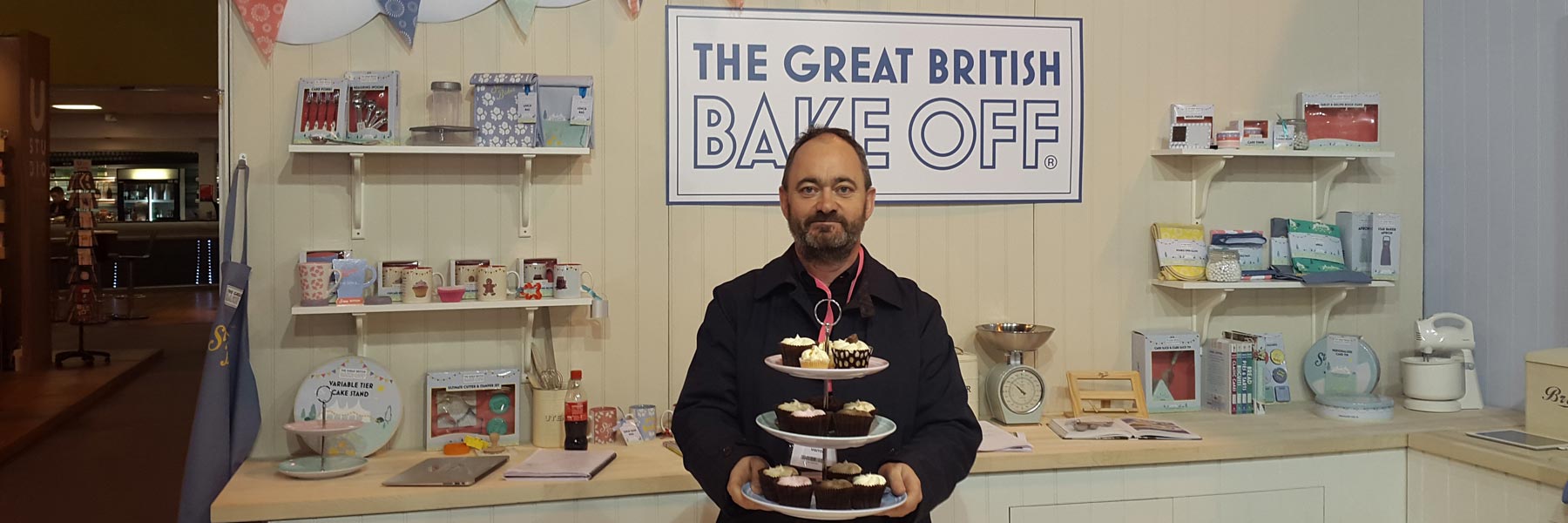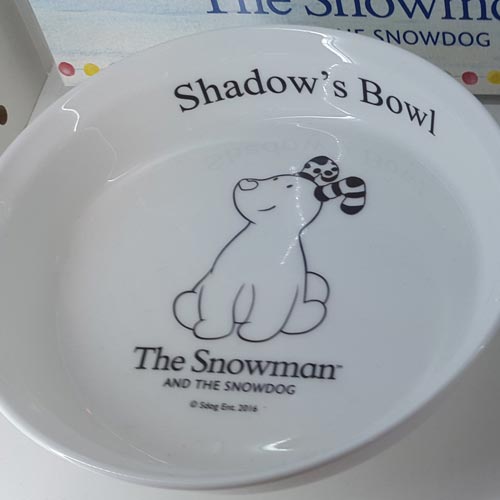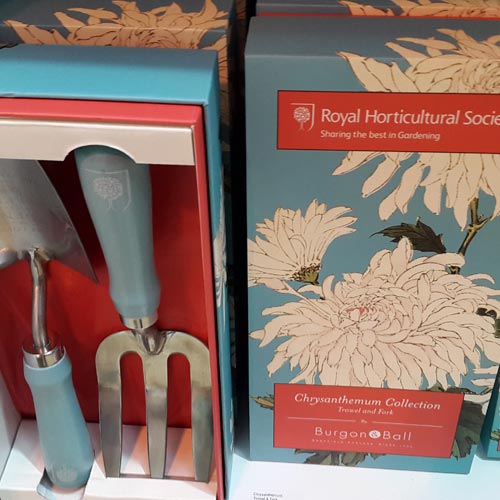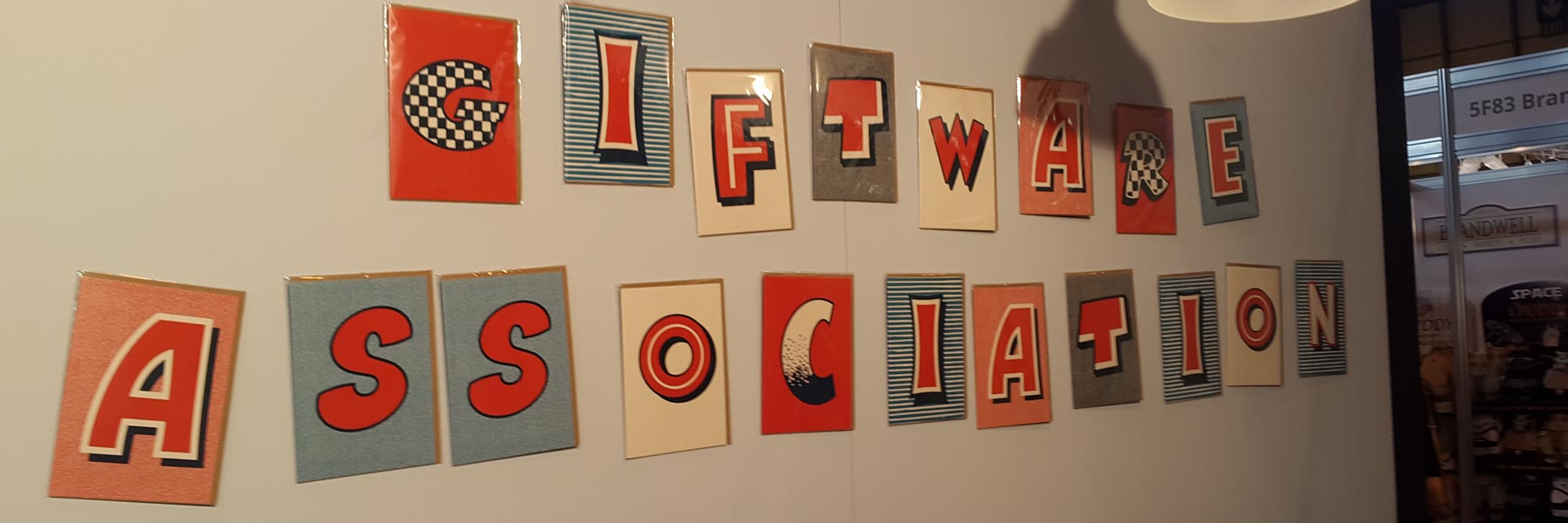Start Licensing’s Ian Downes notched up the miles around the halls of Spring Fair this week.
The licensing caravan moved to Birmingham this week for the Spring Fair at the NEC. This is one of the most diverse trade shows on the circuit, with ‘gift’ being a catch all term for products that range from confectionery to cutlery and go-karts to gazebos.
Examples of licensing appear throughout the show which stretches across a vast expanse at the NEC. It is probably one of the only trade shows that as a visitor allows you to complete your exercise regime as you powerwalk from meeting to meeting. I am not sure of the exact numbers, but the show seemed well supported with a good mix of exhibitors that included small scale start up companies through to industry giants.
The show has tried to deliver a focused approach to licensing in previous years with a variety of techniques including a Licensing Pavilion.
However, this approach seems to have been abandoned with licensing ranges and licensed focused companies now spread throughout the show halls. This underlines the point that licensing is competing with a vast range of non-licensed products – quite sobering for those of us that sell licences and is a commercial reality check.
I thought there were some great examples of licensing and I also saw some themes which were common as I burned off the calories walking the show floor.
I was encouraged to see how licensees are developing their ranges with a focused approach and also presenting those ranges in a very polished way. There were more examples of good practice than bad – a recognition that licensees understand that licensed products offer them the opportunity to trade up and position themselves as ‘added value’ companies with a point of difference. Their sales discussion need not just centre on price and discount.

A really good example of this was Wow Stuff’s range of The Great British Bake Off products.
The company had relocated into the Gift hall from the Toy hall to reflect their product offering. They presented the GBBO range in a stylish way with a dedicated space on their stand setting the scene well for the property (and giving retailers a glimpse of how product could be displayed in store to maximise the ‘image’ of the brand). Recent winner Nadiya was in attendance to support the product range, helping to kickstart their launch in a busy show creating great standout PR and social media.
Their bakeware range was comprehensive and well presented: to me this was a great example of how a licensee should embrace a licence, develop it and importantly market it. I even got to stand in their Bake Off kitchen, but didn’t eat any cakes tempted as I was… why waste all that walking!
Another good example of a company that is using licensing in a positive way to kick on is puzzle company Gibson’s – their stand was stylish and welcoming. They have embraced licenses such as Mr Men, Marmite, Love Hearts and Vintage Kellogg’s, moving puzzles from cardboard boxes into tins instantly shifting the perception of the product and really signalling the gift potential of their products. They have also used art licences such as Emma Ball well. In this case they have developed stylish tube packaging with puzzles featuring British towns and cities, creating product that is retailer friendly and appealing to gift shops particularly in tourist friendly locations.
Gibson’s have shown how a good licence is worth having, but demonstrated that as the licensee you have to think about how to use it to extract maximum value from it and the onus is on them to think about the category and the detail therein.

Vintage Kellogg’s was not the only example of vintage licensing on show – vintage is in a way another word for classic in licensing terms. Companies have recognised that classic licences are good additions to their portfolio offering them longevity, good artwork resources and also access to consumer groups who have disposable income and reasons to buy.
From my own portfolio I was delighted to see ‘vintage’ experts Half Moon Bay launch a range based on DC Thomson’s Classic Comics such as The Hotspur and Rover. We worked with them to select images such as football, cricket, motorsports and trains which would hold appeal to a range of retailers including museums and visitor attractions: recognising that retail opportunities come in a variety of formats. Another good example of ‘vintage’ products were Lagoon Games’ range of Vintage Ladybird products, which has been expanded to include more kits such as a Cookie Baking kit.
Personalised products was another recurring trend. Within this sector, licensing can offer a genuine point of design difference, creating the opportunity to develop unique product offerings and in the digital marketing age also creating some significant marketing opportunities allowing the licensees to target and engage consumer groups efficiently based on the dynamics of the property.
A good example of this was the Personalised Memento Company’s launch of a personalised product range using The Snowman and The Snowdog. They have used the license to maximum effect including developing a range of personalised dog bowls featuring the Snowdog.

The show also provides confirmation that licensing opportunities come from a range of sources and providers.
Burgon & Ball had a beautiful range of garden accessories using the Royal Horticultural Society licence and were showcasing a couple of new design ranges. I believe this partnership has been in place for some time and it shows how a long-term partnership can benefit both parties. I got a sense that licensees were looking to develop licensing partnerships rather than licensing deals: many of them recognising that a planned approach to licensing could benefit their business over the long-term. There seemed to be less examples of companies jumping on a ‘hot’ licence for short-term gain and more examples of partnership licensing.
Another good example of this was a range of metal garden sculptures of birds from Tilnar Art developed with the RSPB. This again seemed to be a long-term collaboration, with links to Fairtrade production and cause-related marketing.

Other licensed ranges that caught my eye were Gardiner’s of Scotland’s Jack Daniels fudge tins – a great use of an iconic brand and flavour; VMC’s range of VW accessories – Volkswagen has translated well into licensed product and the ‘official’ product range seems to have killed off brand infringement (a significant benefit of a well managed and proactive licensing programme); and Rainbow Design’s plush range for The BFG which includes one plush toy that makes 8 sounds all of which are designed to embarrass visitors to their stand first thing in the morning… I will leave the rest to your imagination.
Finally, on a personal note I was delighted to see the Giftware Association embracing licensing by using Hype’s Beano Alphabet greeting cards to spell out Giftware Association on their stand.
Even after nearly 20 years in licensing it is still a thrill to see ‘your’ products being used in such a way and it was a great endorsement by a significant trade association of licensed products.
Ian Downes runs Start Licensing, an independent brand licensing agency. His Twitter handle is @startlicensing – he would welcome your suggestions for what to look out for.































